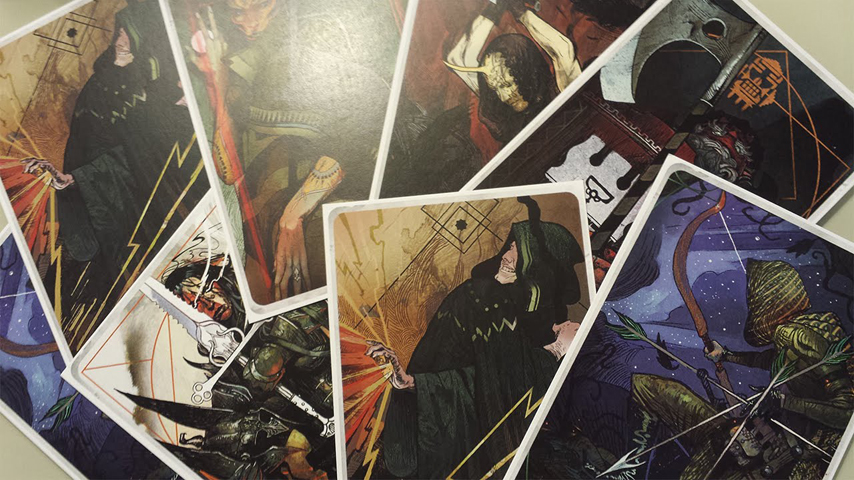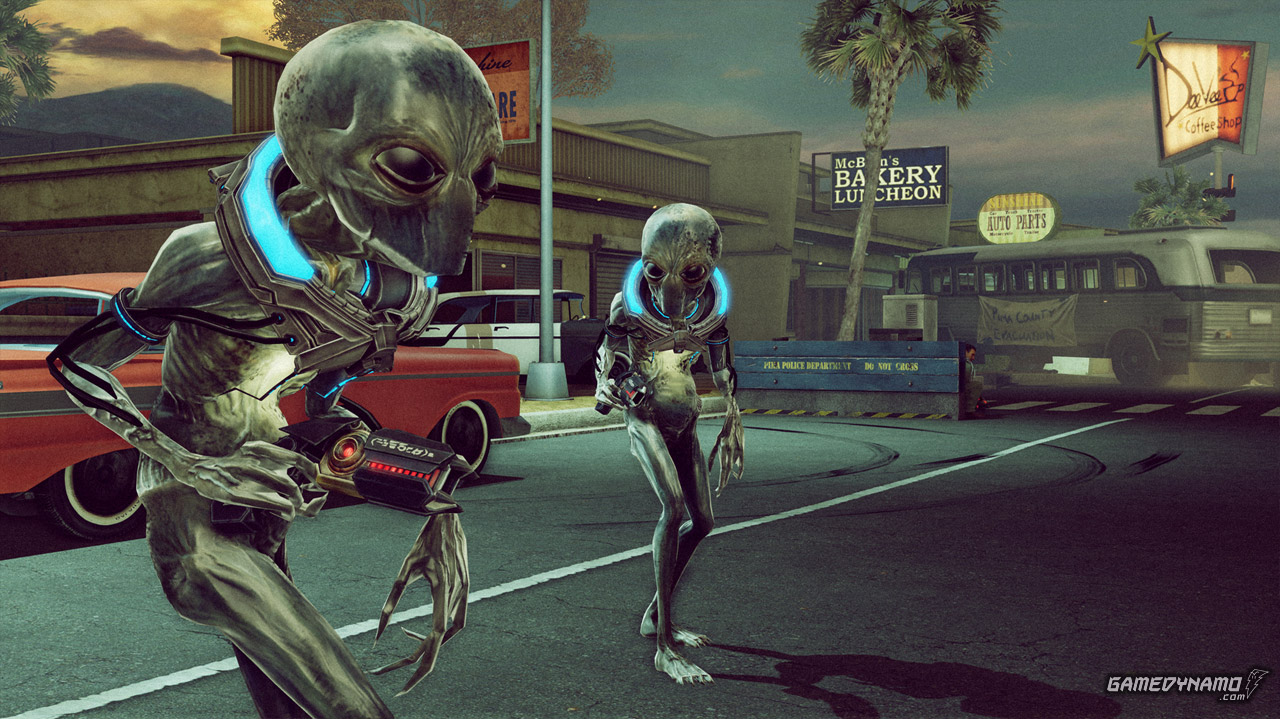

Hitman: Codename 47 first brought the bald, emotionless and utterly precise Mr 47 to gamers’ attention way back in the stone ages - also known as 2000 - when most of us were doing silly things in tertiary institutes and other dinosaurs still roamed the earth. The beginnings of the Hitman series are humble to be sure but the stealthy gameplay and open-endedness of mission completion have made it a treasure in the gaming world.
From the very beginning, when the mysterious Mr 47 is being loosely educated in the art of death by a disembodied voice in the tutorial section of the game, players will know that they have encountered something special. 47 is not Rambo, nor is he some other semi-immortal bullet-absorbing machine. 47 is a professional, in the truest sense of the word.
He (and by extension, the player) should revel in the perfection of a hit well done. A long-distance shot from a wind-blown rooftop and a quiet fade into the crowd is his masterpiece; a silent close-up kill in a deserted bathroom surrounded by guards is his symphony. He is never seen, never remarked upon and never remembered. His only calling-card is the complete and utter lack of evidence surrounding his hit.
At least, that is one approach. Players can cheerfully barge in, guns blazing, and mow down anything that breathes if they wish, and in some cases this becomes necessary. But 47 is not really your up-front gunman; he prefers a more subtle, artistic approach to his work. Players will find themselves called upon to eliminate major underworld figures all over the planet, from the initial levels in Hong Kong to Budapest and beyond. Each assignment comes from the Agency and 47’s controller, Diana.
Weapons for each mission are selected prior to entering the playing area. This is paid for by 47, using funds from previous hits. The correct selection for a given mission is essential and while weapons can be picked up in the field, the proper application of the tools at hand will often see 47 through to the end. The available weaponry alters according to mission parameters and can range from silenced pistols to car bombs.
There is no saving when on a mission, a mechanic that has caused some complaint but it forces players to be as precise as possible with their planning. Disguises play a huge role in completing objectives and any NPC can be killed and have their kit stolen by the bald-headed wonder. Proper disposal of bodies is essential since an unclothed body found by a patrolling guard instantly compromises 47’s disguise.
Game Al is not as smart as it could have been and then again, it can be too sharp for the player’s good at times. Entering the incorrect area will result in violent death as the guards see through your disguise. Other times killing a guard and dropping the weapon results in puzzled looks as other NPC’s try figure out what happened, disregarding the smoking gun at your feet. Control and the game camera is sometimes an issue.
On occasion the player’s position will mean that the target is obscured by a nice close-up of the bar-code on 47’s pip. Finding a decent sniping point will also require a little restless moving at times, as wall edges get in the way by accident. Control relies heavily on context-sensitive commands. These are activated via a button-press or the right-hand mouse button, after which players can select an option if they exist. Either drag the rag-doll corpse first and hide it or steal his clothing and then stash the homicide. This process can feel a bit labored and has been refined for subsequent Hitman titles.
With both Direct X and Open GL options for graphics rendering, Codename 47still manages to look playable in this day of near-photo-realism in gaming. A fantastic amount of detail is crammed into the arenas that players will be practicing their deadly art in and after only a few minutes, the grand old days of silent kills return to the player.




 How and why Dragon Age: Inquisition character tarot cards change
How and why Dragon Age: Inquisition character tarot cards change Torchlight 2: Engineer Build Guides
Torchlight 2: Engineer Build Guides The Bureau: XCOM Declassified Achievements & Trophies Guide
The Bureau: XCOM Declassified Achievements & Trophies Guide Everything You Need To Know About... EA Sports UFC.
Everything You Need To Know About... EA Sports UFC. . Plays March 15, 2013
. Plays March 15, 2013